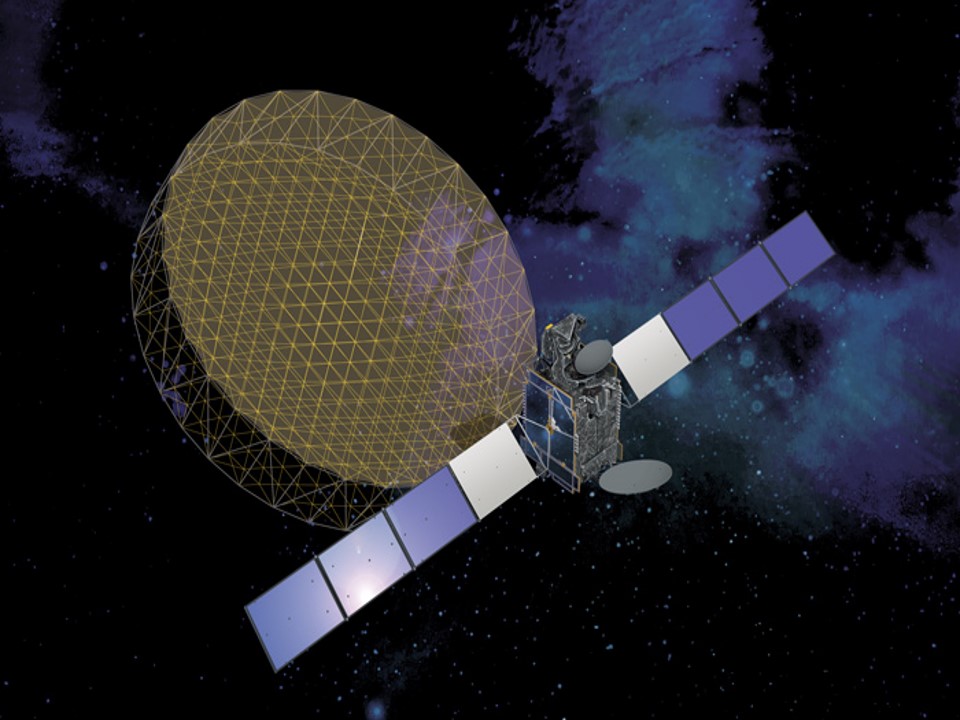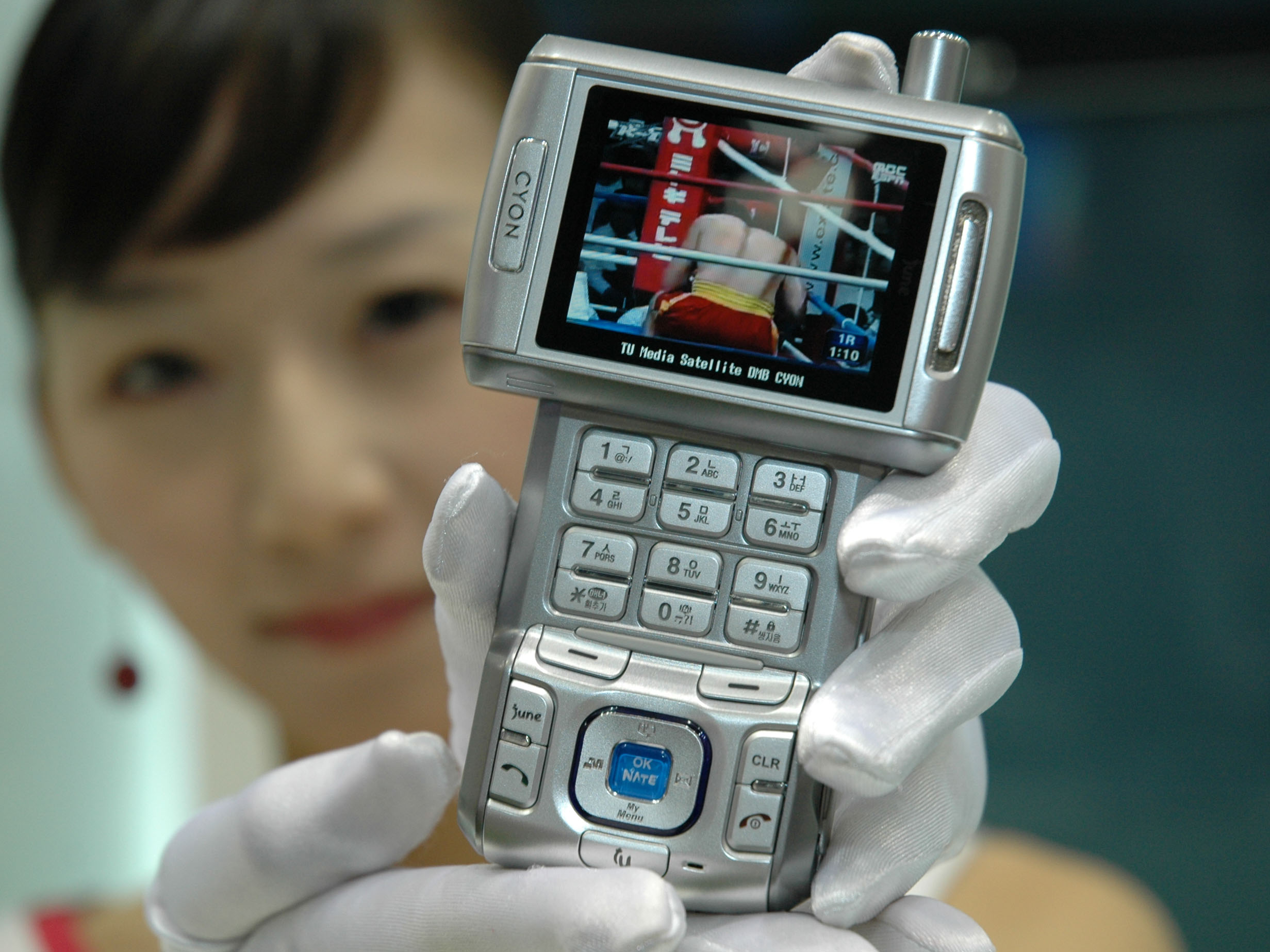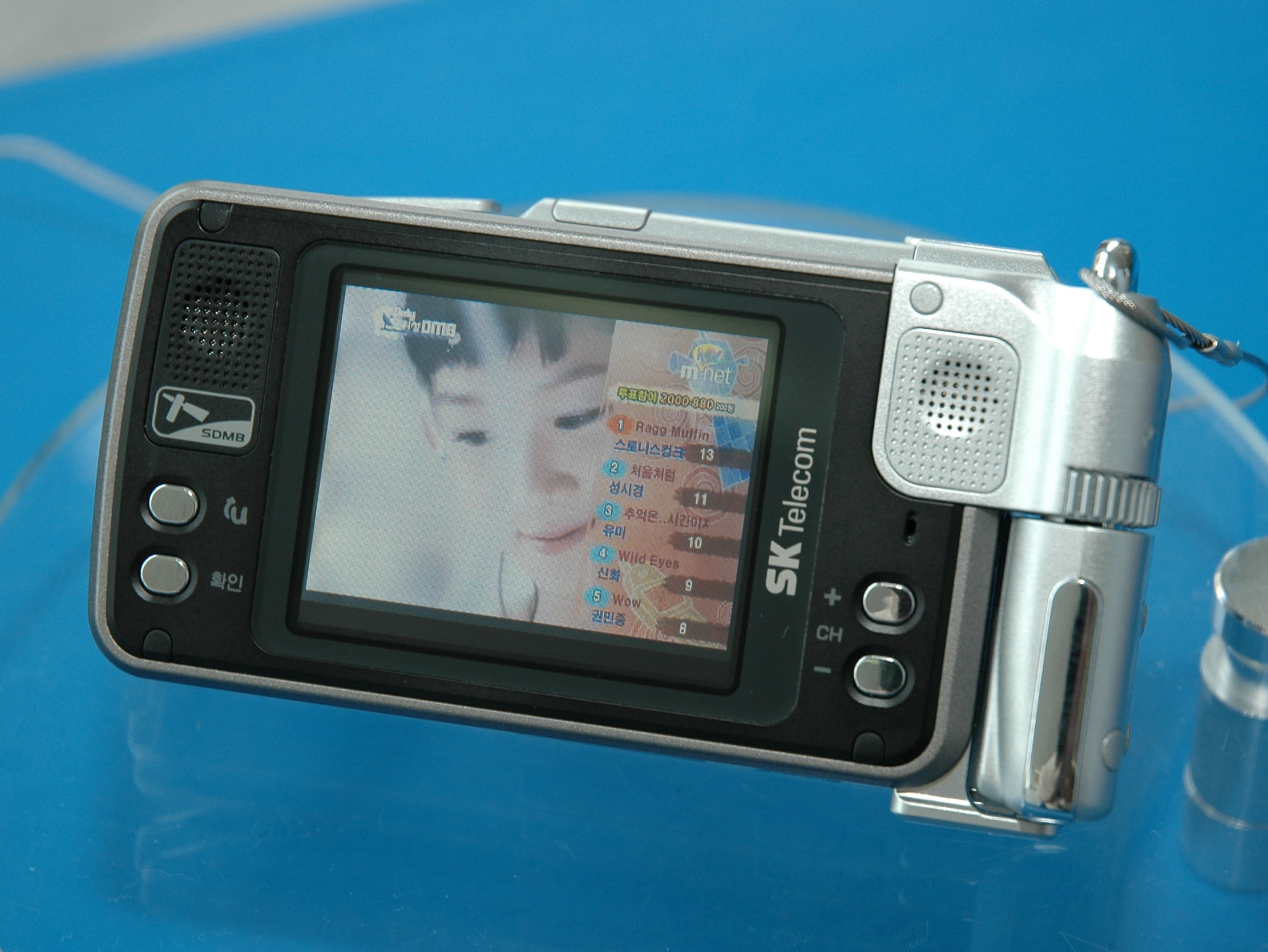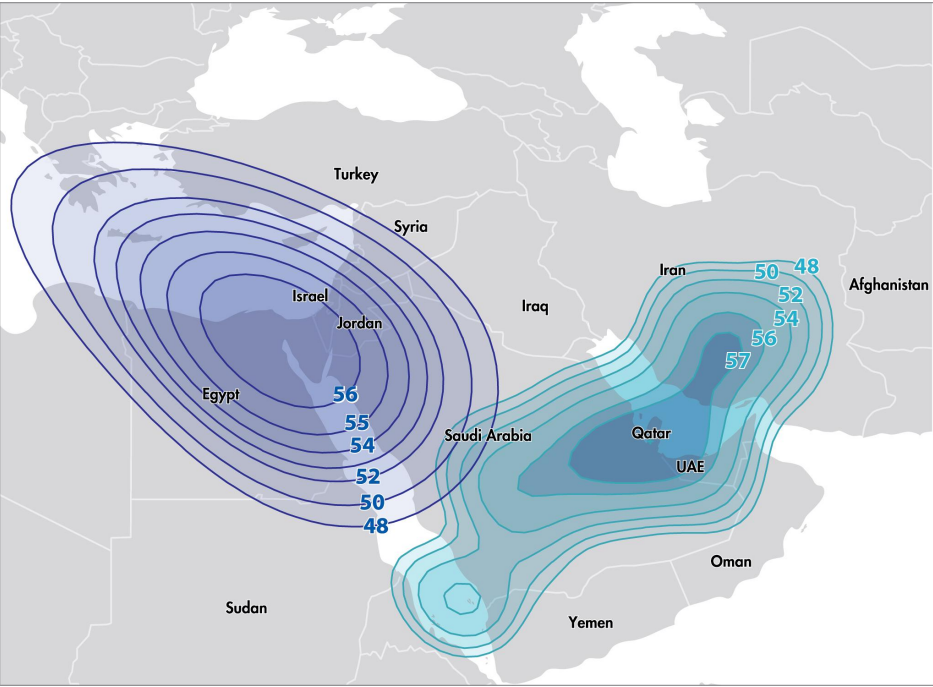Satellites Can’t Get Information Into North Korea Now, but Could Have 20 Years Ago
The recent deployment of the Space X Starlink satellite Internet service to Ukraine and Iran has many wondering if such a system could be used to beam uncensored information into North Korea. Penetrating the North’s information blockade has been a challenge for decades, and satellite platforms are often seen as a possible solution. However, upon closer examination, the possibility of reaching North Koreans in this way is quite limited.
Today’s satellites that can beam high-speed Internet and television require outdoor antennas, which are inconceivable in a society as tightly surveilled as North Korea. Some satellites can communicate directly with handheld devices, but they are only useful for short messages and would be expensive as a means of mass communication.
Satellite technology could take a step forward next year when Space X says it will have a service available that can reach smartphones, but for now, satellites are not able to play a major role in breaking the state’s block on external information. But there was a time when satellite technology looked more promising—almost 20 years ago, on March 13, 2004, a satellite was launched from Kennedy Space Center that could have revolutionized information access in North Korea.
MBSat-1
Cast your mind back, if you can, to the mid-2000s. Nokia dominated the cellphone market, the Motorola Razr was one of the hottest new phones, Samsung and LG were competing for third place in the cellphone market and NTT DoCoMo’s i-Mode service in Japan was the hottest mobile Internet service in the world.
3G networks were only a few years, old and if you were lucky, you might have been able to watch low-resolution video clips on your phone.
Against that backdrop, engineers at Japan’s Toshiba had been developing a satellite broadcasting service that could deliver about 20 live streaming TV and radio channels directly to cellphones without the need for a satellite dish or high-speed cellular network.
Typically, satellite reception requires a carefully aligned dish antenna. The antenna collects the weak signal, which is coming from a satellite 36,000 kilometers away, and focuses it on a receiving element on the dish.
But Toshiba’s system used a satellite with a massive 12-meter antenna area, so the signal reaching Earth was much stronger than on other systems. It also used lower frequencies, which were easier to receive with a compact antenna. The result was a service with enough bandwidth to deliver multiple television and radio channels live to a compact, battery-powered receiver.
Figure 1. An image of MBSat-1 in orbit with the 12-meter antenna deployed.

Commercial Service
After the March 2004 launch of the satellite, commercial service started in Japan in October that year and in South Korea in May 2005. The Korean service was run by an SK Telecom affiliate called TU Media, and it carried 15 video channels and 19 radio channels.
They included channels from major South Korean broadcasters SBS, MBC, EBS, MBN and YTN.
The signal was robust and could be viewed just about anywhere there was a clear view of the sky. Because it was a broadcasting service, it didn’t require a two-way data connection, and that meant the technology could have easily worked in North Korea.
To match the service launch, both Samsung Electronics and LG Electronics produced mobile phones with built-in satellite receivers.
Figure 2. An LG handset receiving satellite broadcasts, on show in Seoul, South Korea, on October 11, 2005.

Unfortunately, the service never became profitable.
The launch of the iPhone in 2007 together with faster data networks and unlimited data plans gave birth to the smartphone era, and the way people consumed information on phones was forever changed. In South Korea, a competing and free terrestrial mobile broadcasting service called T-DMB also provided competition for the subscription satellite service.
TU Media had attracted 2 million subscribers by June 2009, which was short of where it needed to be to become a commercially viable service, and it eventually shut down service in August 2012. By that point, the companion service targeting Japan had already closed in 2009.
So as the Kim Jong Un era was beginning and a crackdown on foreign information began to resurge, one of the potentially most effective technologies for penetrating North Korea was gone just as it was about to be needed most.
There were, at that time, and still are, no reports of satellite-capable phones ever being smuggled into North Korea.
Figure 3. An SK Telecom handset receiving satellite broadcasts, on show in Seoul, South Korea on June 24, 2005.

North Korean Problems
In theory, North Koreans could receive hundreds of uncensored satellite TV channels today if they just installed a satellite dish and receiver. But the heavy social control in the country means that even if a citizen managed to get their hands on the equipment needed, it could not realistically be installed outdoors without attracting immediate attention and punishment.
While some citizens manage to receive cross-border television from South Korea and those near the northern border might receive a Chinese cellular network, the only routine foreign broadcasting available to most North Koreans is still via radio. That’s why shortwave and mediumwave broadcasting remains an important method of reaching North Koreans even while it’s disappearing elsewhere in the world.
Yes, the S-DMB service could have been revolutionary at one point. Ignore for a moment that a subscription was required for the commercial service—the technology platform itself with MBSat-1 satellite could have provided live television to handheld receivers across North Korea.
If that had happened, the North Korean authorities would likely have attempted to jam the signal as they do today with some radio broadcasts. That could have achieved success in cities, but doing so across the entire country would be difficult, meaning at least some programming would have gotten through.
After TU Media closed its service, the satellite remained in position and could theoretically have been used for broadcasting to North Korea. But absent of a deep-pocketed benefactor or government to pay for the service, the satellite was sold in mid-2013 to Asia Broadcast Satellite, a Bermuda-based satellite operator, and repositioned to provide direct-to-car broadcasting over the Middle East.
Today, the satellite remains in orbit over the Indian Ocean, although it is at the end of its life. The coverage map clearly shows its original use covering Japan and South Korea.
Figure 4. The Japan-South Korea footprint of MBSat-1 is clearly visible despite the satellite’s repositioning over the Middle East.

Satellite Potential
Looking ahead, it appears unlikely that such a service will ever exist again. Several other mobile satellite broadcasting ventures have emerged, but the only commercially successful service in the world is run by Sirius XM in the United States and Canada, and those signals don’t reach North Korea.
If satellite is ever to help break the state’s stranglehold on information, it will likely come in the next few years as satellite Internet companies such as Starlink and OneWeb develop technology that can communicate directly with portable devices. Until then, scratchy AM radio remains the best way to broadcast across North Korea in real time.
